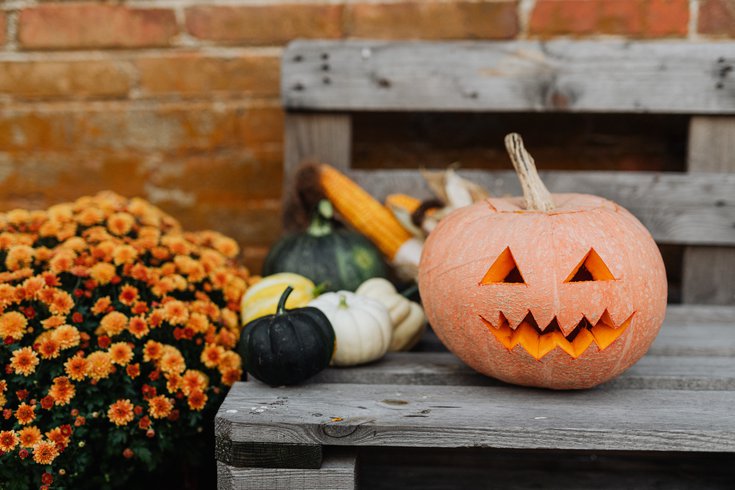
October 30, 2020
 Karolina Grabowska/Pexels.com
Karolina Grabowska/Pexels.com
You can keep your neighbors safe on Halloween by washing your hands before handling any candy, and even washing the candy wrappers would help, according to a research study on trick-or-treating and COVID-19 transmission.
The Halloween costume industry, like nearly everything else in 2020, has taken a major hit as a result of the coronavirus pandemic.
The resiliency of the popular holiday will be put to the test Saturday as families and households navigate whether and how to participate in trick-or-treating this year.
The U.S. Centers for Disease Control and Prevention and the Philadelphia Department of Public Health have both advised families to avoid traditional Halloween festivities this year, from indoor costume parties to haunted hayrides. Alternative suggestions have been made for trick-or-treating to minimize the amount of social contact during the exchange of candy.
Researchers at the University of California, San Diego School of Medicine and San Diego State University took the analysis of trick-or-treating safety a step further this week, SciTechDaily reported.
A study published in the journal mSystems enrolled 10 recently diagnosed COVID-19 patients — both asymptomatic and mildly symptomatic — to determine the likelihood of COVID-19 transmission under three different conditions.
The participants were asked to handle Halloween candy with unwashed hands, washed hands and while deliberately coughing with extensive handling.
The candy was then divided into two groups: pieces that were not washed after handling and those whose wrappers were washed with household dishwashing detergent. Both groups were analyzed using the same technology used to diagnose COVID-19 infections in people. A second platform, used for testing larger samples cheaply and quickly, also was used to cross-check the findings.
SARS-CoV-2, the novel coronavirus, was detected on 60% of the candies that were not washed, including those that were handled normally and those handled with deliberate coughing.
The virus was detected on only 10% of candies that were handled after hand washing.
"The main takeaway is that, although the risk of transmission of SARS-CoV-2 by surfaces, including candy wrappers, is low, it can be reduced even further by washing your hands with soap before handling the candy and washing the candy with household dishwashing detergent afterward," said co-senior author Rob Knight, professor and director of the Center for Microbiome Innovation at UC San Diego.
The CDC considers the main route of COVID-19 transmission to be close contact with someone who is infected. Airborne transmission, sometimes at distances greater than six feet, also is possible. Transmission from surfaces is less likely, but still possible.
When putting out candy, the risk can be reduced dramatically by washing hands and washing wrappers with dish soap, which does not penetrate the wrapper. Bleach should not be used to wash any candy wrappers.
Those who plan to celebrate Halloween should take precautions by wearing a face mask with any costume, keeping appropriate distance and remaining outdoors for any activities.
"The main risk is interacting with people without masks, so if you are sharing candy, be safe by putting it in a dish where you can wave from six feet away," Knight said.